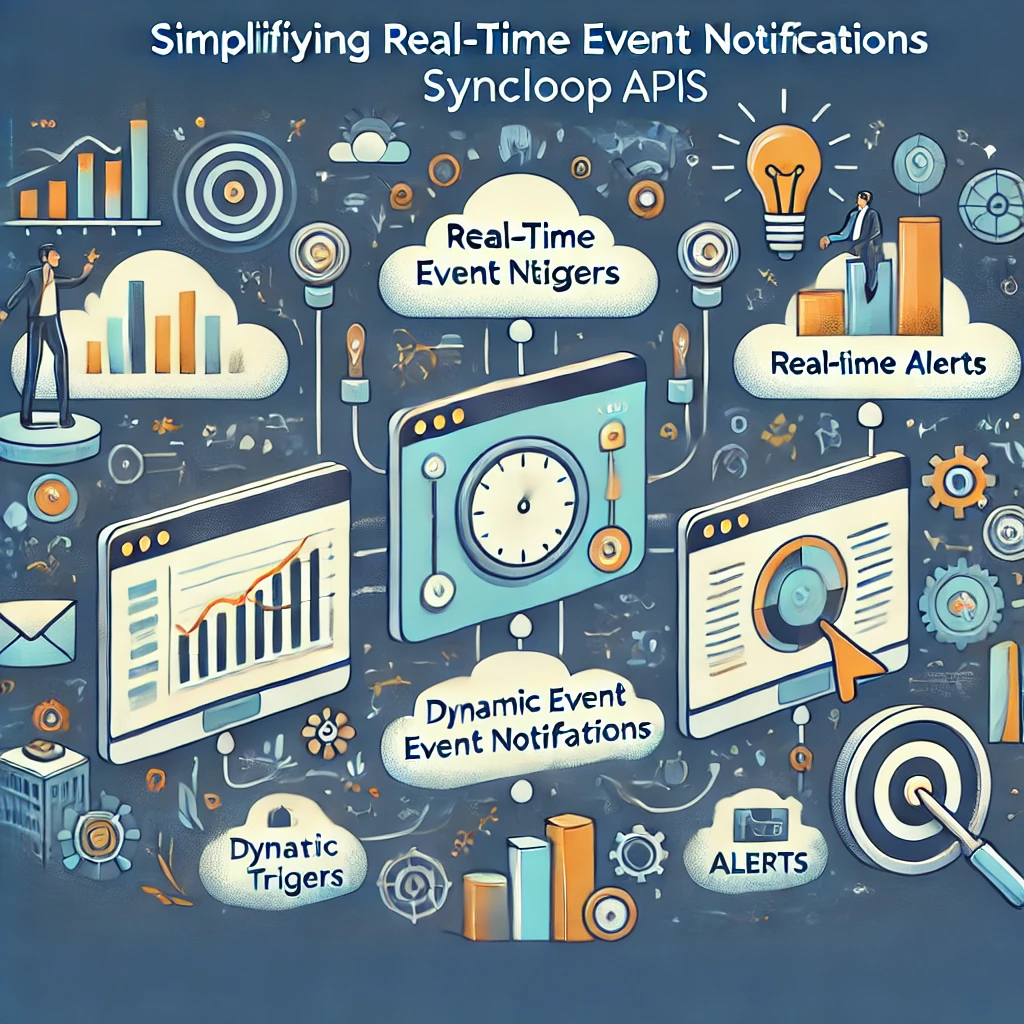How Syncloop Enhances Microservice-Based API Architectures

Syncloop offers powerful features to enhance microservice-based API architectures, simplifying their development, deployment, and management. This blog explores how Syncloop supports microservices, its key capabilities, and best practices for leveraging its tools effectively.
The Role of APIs in Microservices
APIs in microservice architectures are essential for:
- Service Communication: Facilitating interaction between microservices via lightweight protocols like REST or gRPC.
- Decoupling: Allowing each service to operate independently, enabling modular design.
- Scalability: Supporting individual service scaling based on demand.
- Integration: Connecting microservices with external systems and third-party platforms.
- Observability: Providing insights into service health, performance, and communication patterns.
How Syncloop Enhances Microservice-Based APIs
Syncloop provides a suite of tools to simplify and optimize API management in microservice architectures:
1. Dynamic Routing and Load Balancing
- Automatically route requests to the appropriate microservice based on conditions like headers or paths.
- Distribute traffic evenly across service instances to prevent overload and maintain performance.
2. API Gateway Integration
- Use Syncloop’s API gateway to centralize management of authentication, rate limiting, and traffic control across microservices.
3. Service Discovery
- Enable dynamic service discovery, allowing microservices to locate and communicate with each other without hardcoding endpoints.
4. Event-Driven Workflows
- Trigger asynchronous processes between microservices using Syncloop’s event-driven architecture, ensuring efficient communication.
5. Monitoring and Analytics
- Gain real-time insights into API performance, error rates, and usage patterns with Syncloop’s monitoring tools.
6. Versioning and Compatibility
- Manage API versions to ensure backward compatibility and smooth transitions during updates or migrations.
7. Secure Communication
- Implement encryption, OAuth 2.0, and role-based access control (RBAC) to protect data and maintain secure microservice interactions.
Benefits of Using Syncloop for Microservice Architectures
1. Simplified Management
Centralized tools for routing, security, and monitoring reduce the complexity of managing APIs in distributed systems.
2. Enhanced Scalability
Dynamic load balancing and event-driven workflows enable seamless scaling of individual microservices.
3. Improved Reliability
Failover mechanisms and monitoring tools ensure minimal downtime and quick issue resolution.
4. Faster Development
Prebuilt connectors and low-code tools accelerate the creation and integration of APIs for microservices.
5. Comprehensive Security
Built-in features like encryption and RBAC protect sensitive data and service interactions.
Real-World Applications of Syncloop in Microservices
1. E-Commerce Platforms
- Manage APIs for inventory, payment processing, and user accounts, ensuring smooth interactions and scalability.
2. SaaS Solutions
- Orchestrate microservices for multi-tenant environments, handling authentication, billing, and analytics efficiently.
3. IoT Systems
- Enable communication between device APIs and cloud-based microservices for real-time data processing.
4. Financial Services
- Securely connect services for transaction processing, fraud detection, and customer management.
Best Practices for Using Syncloop in Microservices
- Adopt an API Gateway: Centralize API management tasks like routing, authentication, and monitoring.
- Leverage Event-Driven Architecture: Use Syncloop’s triggers to enable asynchronous workflows between microservices.
- Monitor Continuously: Track API metrics to ensure performance, detect bottlenecks, and optimize services.
- Version APIs: Maintain backward compatibility while introducing new features or improvements.
- Ensure Security: Protect communication with encryption and RBAC to prevent unauthorized access.
- Test Extensively: Validate APIs and workflows in staging environments before deployment.
Conclusion
Microservice-based architectures offer unparalleled flexibility and scalability, but managing APIs in such ecosystems can be challenging. Syncloop simplifies this process by providing tools for dynamic routing, centralized gateway management, secure communication, and real-time monitoring.
Whether building e-commerce platforms, SaaS solutions, or IoT systems, Syncloop empowers developers to optimize API workflows, enhance security, and deliver scalable applications. Embrace Syncloop to streamline microservice management and unlock the full potential of API-driven architectures.
A conceptual illustration of microservice-based API architecture powered by Syncloop, showcasing dynamic routing, monitoring, and centralized gateway management.
Back to Blogs